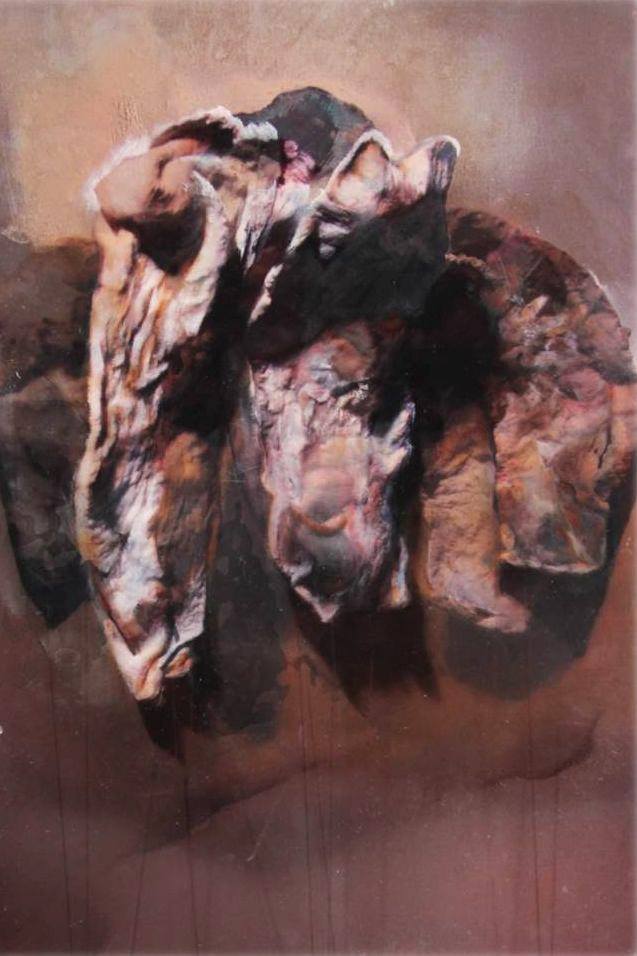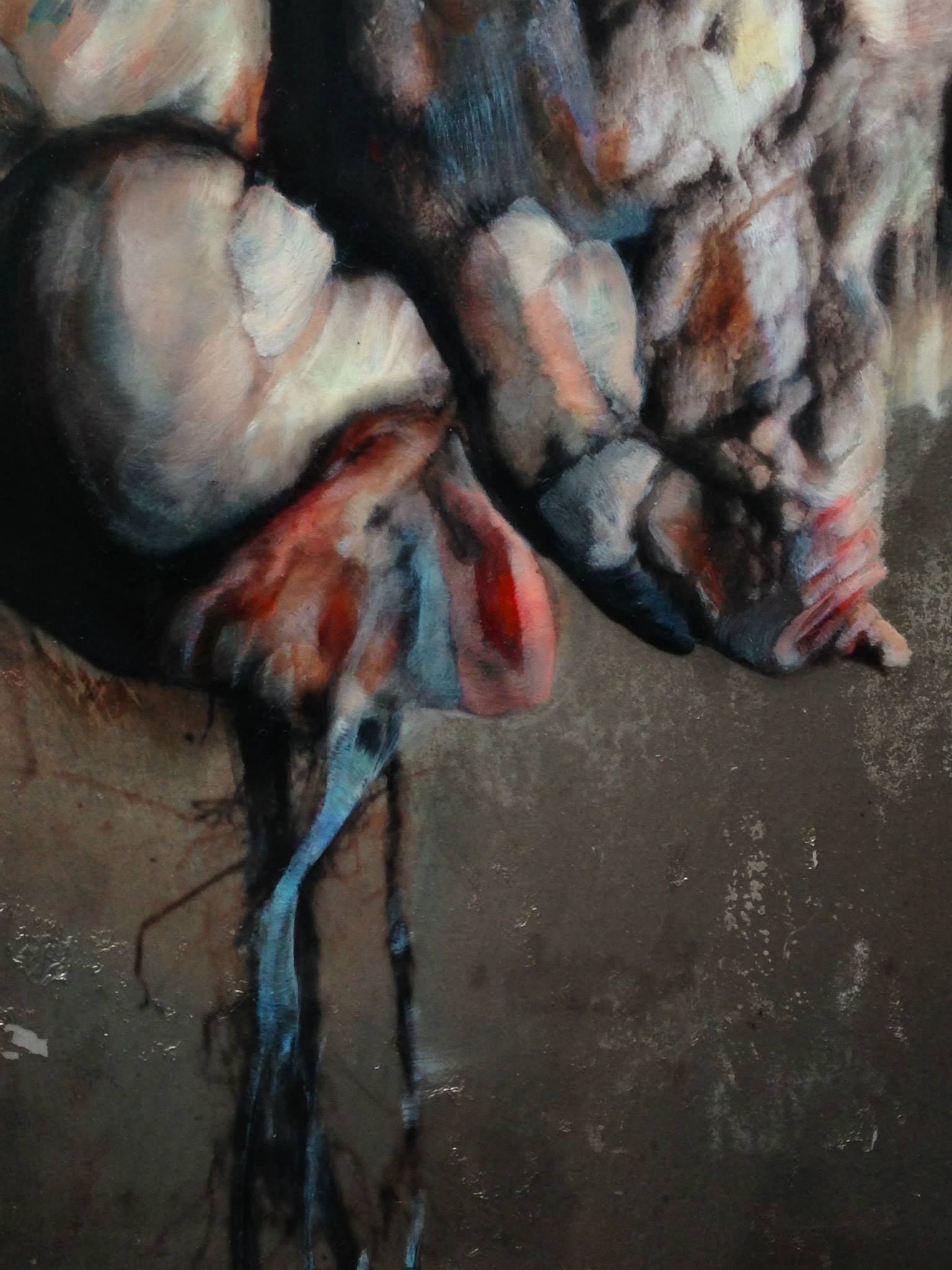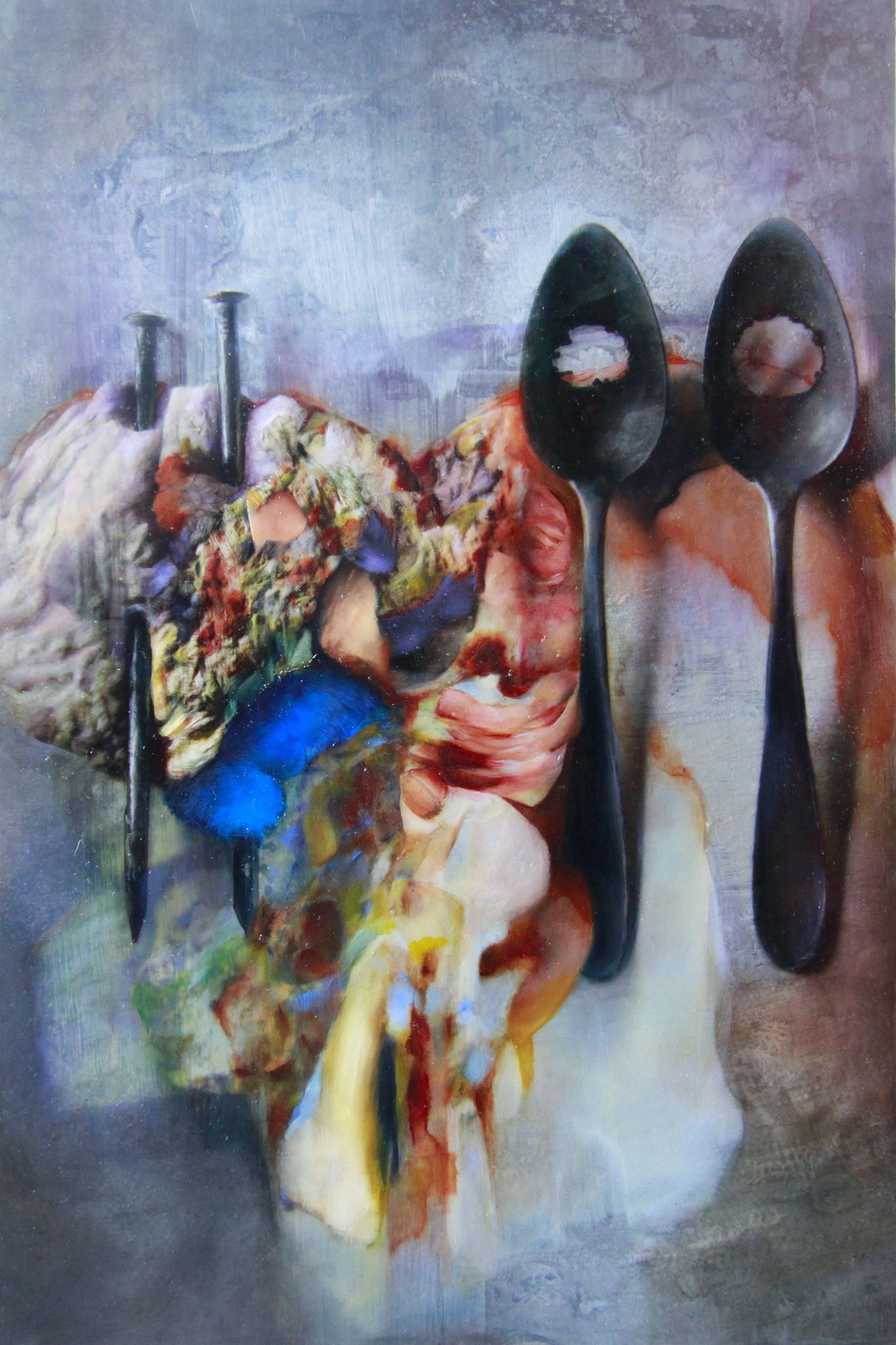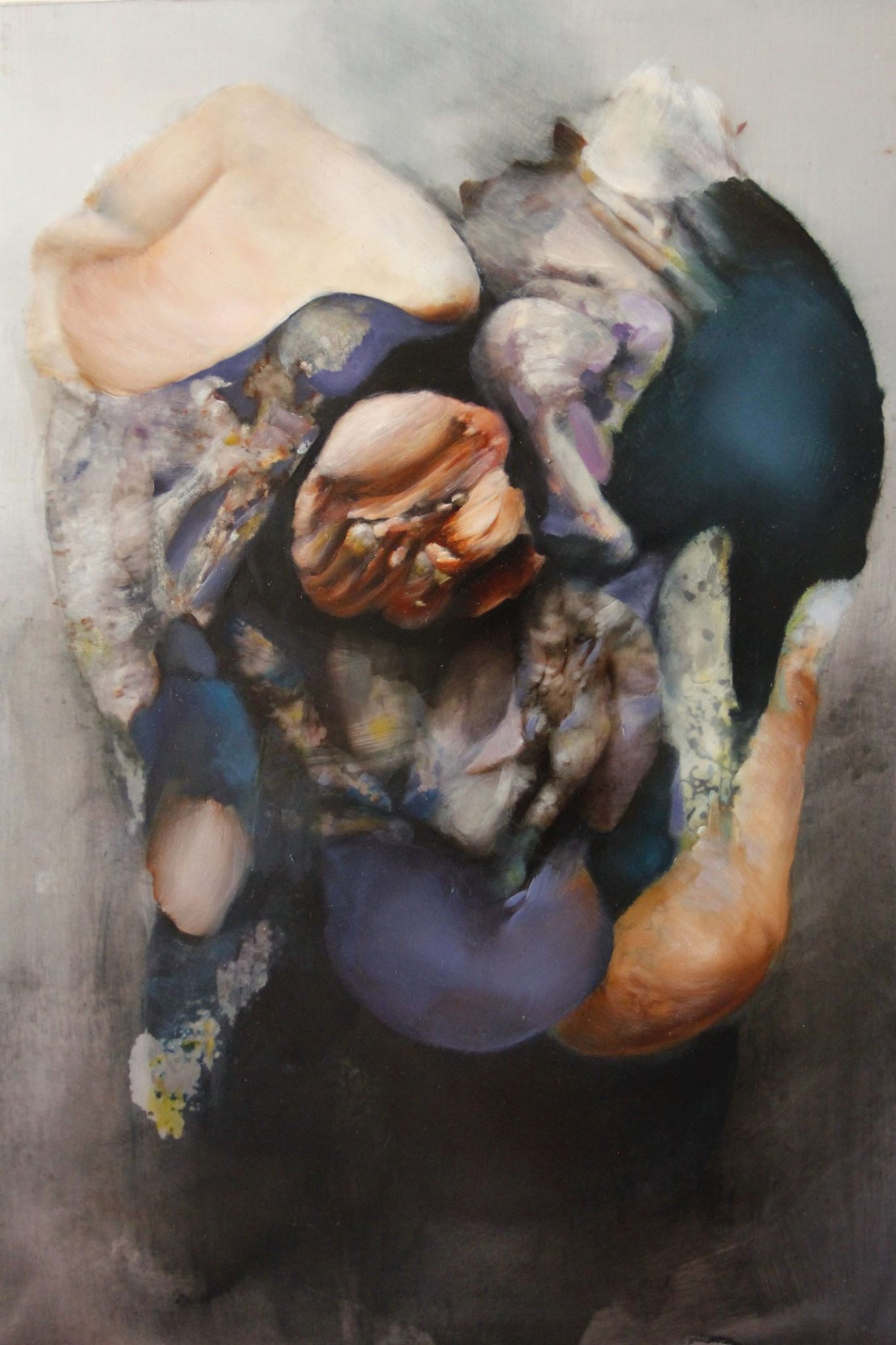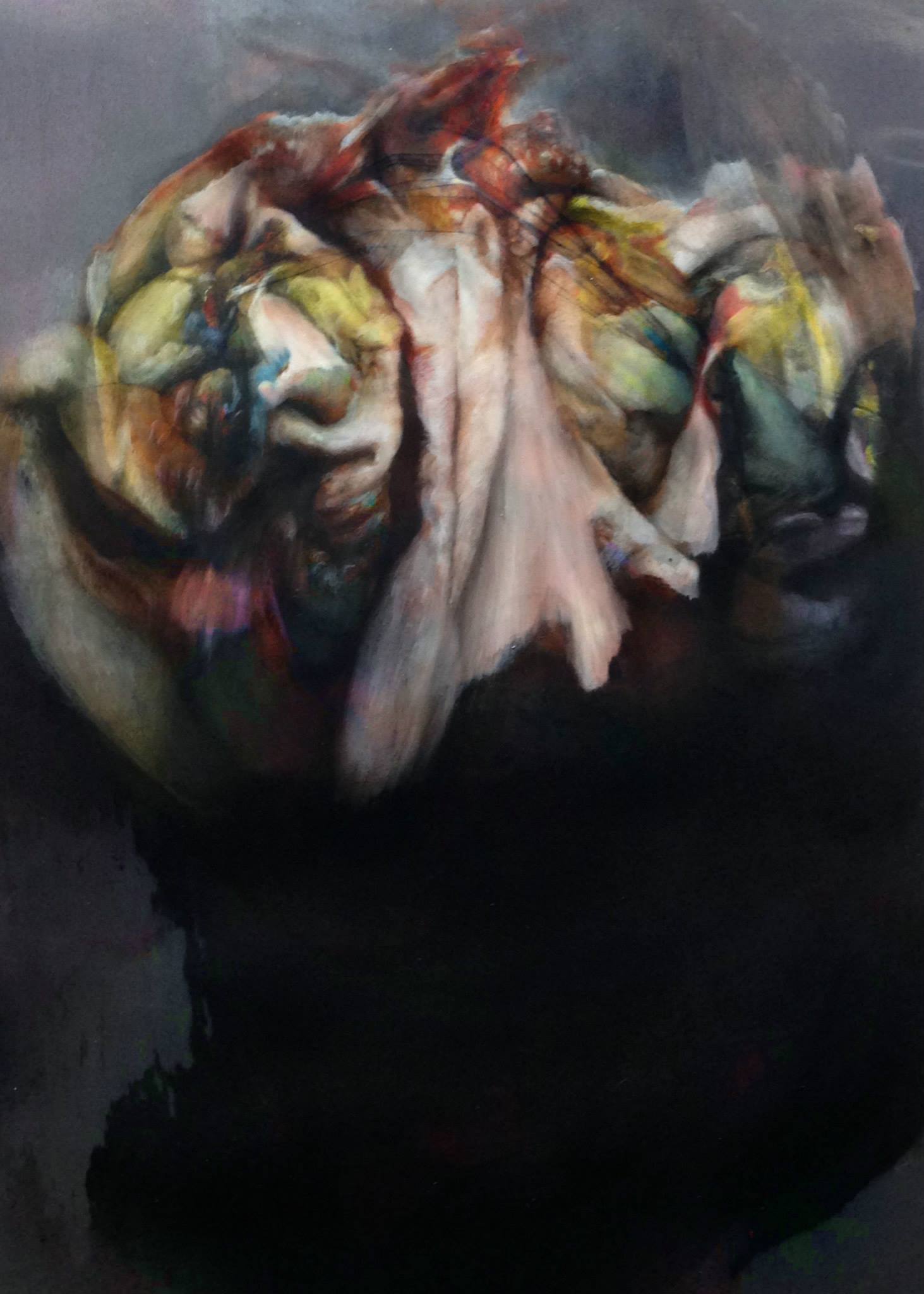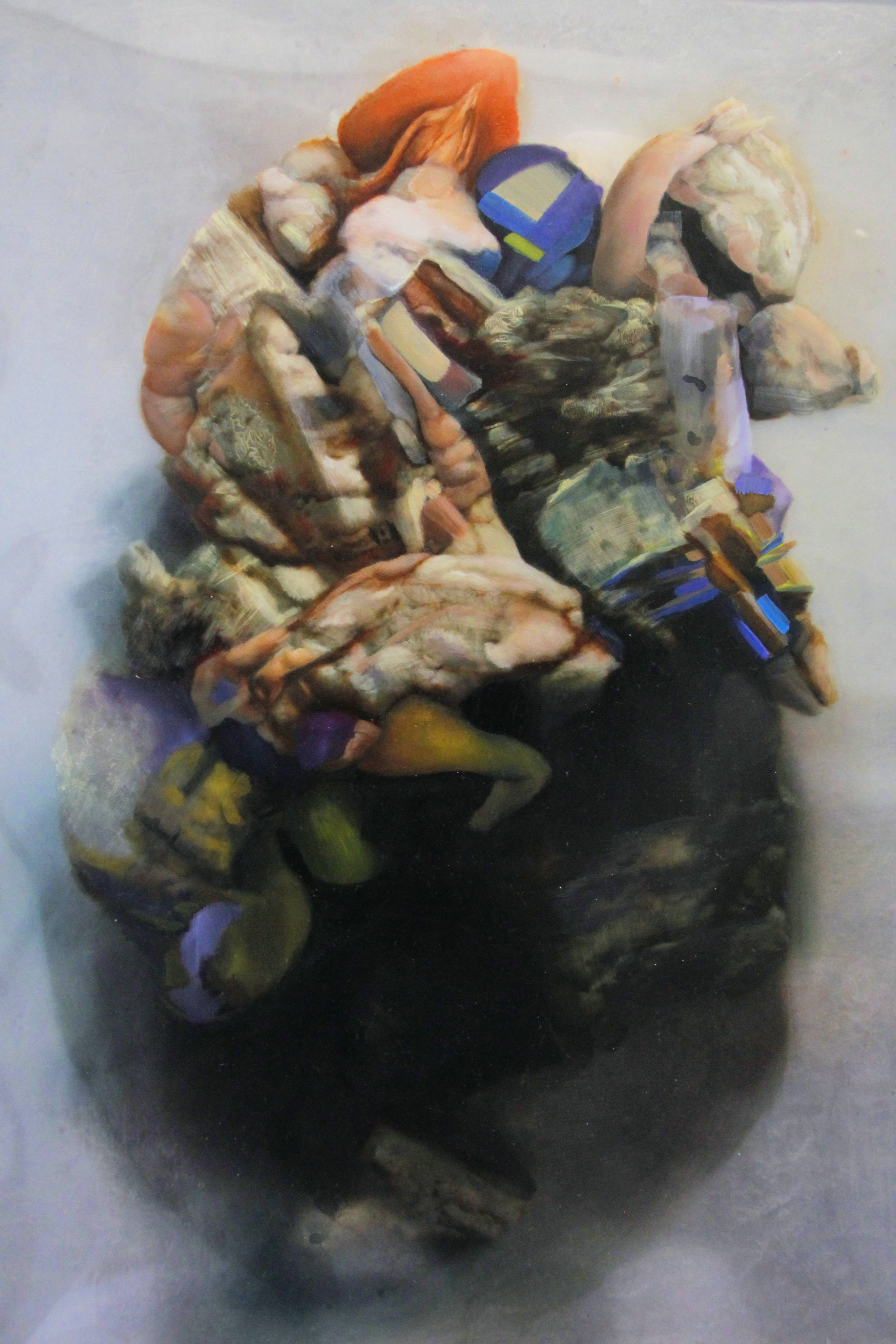Stefania Laccu: “When I paint, I do it all day, so when I go to sleep and close my eyes, fragments of images of the painting I’m working on are presented to me, and those fragments are transformed, creating new possibilities for future paintings“
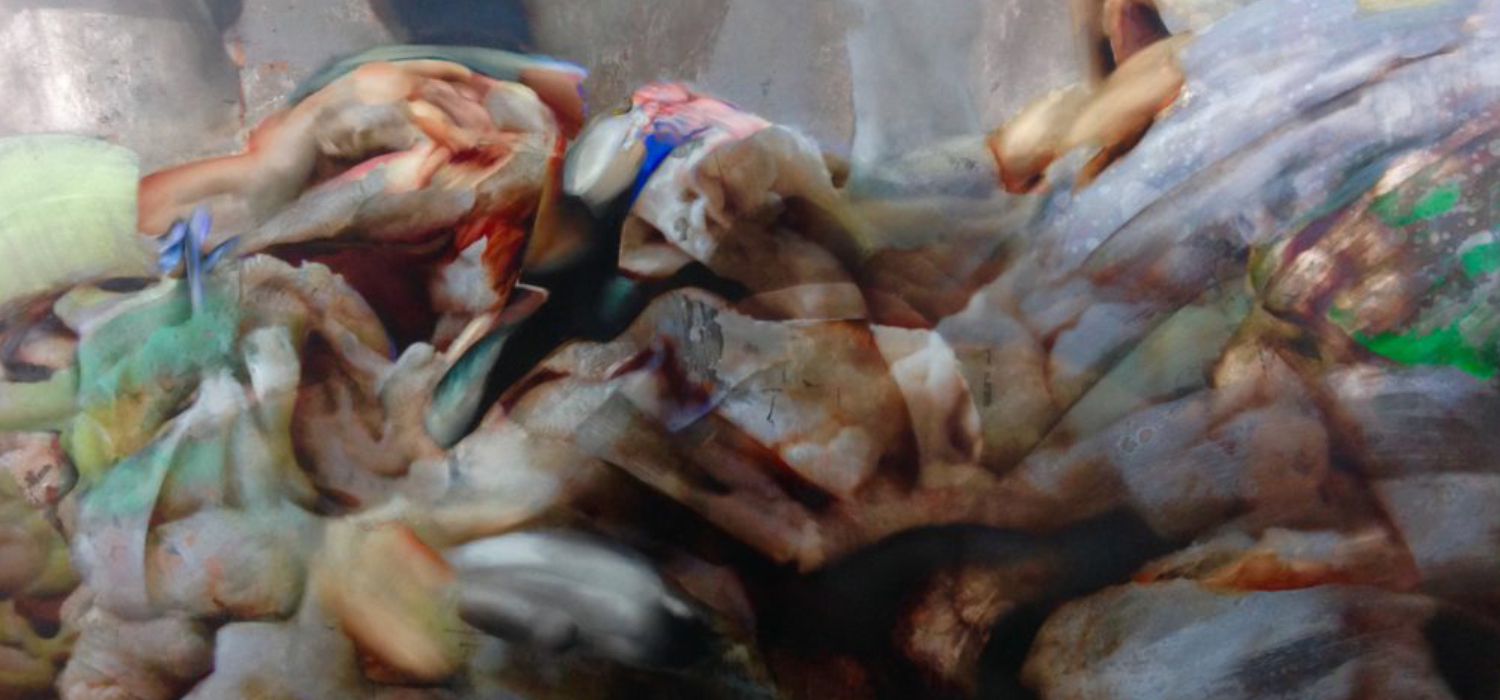
Stefania Laccu: “When I paint, I do it all day, so when I go to sleep and close my eyes, fragments of images of the painting I’m working on are presented to me, and those fragments are transformed, creating new possibilities for future paintings“
How and why did you start your career in art?
Since I can remember having always drawn, so the path I followed was the result of a natural evolution of my desire to express myself and get to know myself, characterized by a strong inner drive towards “doing”.
So I started as a child, first with drawing and then with painting, studying at the Art School of my city, Quartu Sant’Elena, in the province of Cagliari. I was lucky enough to have master artists who taught me to look at the world and to use traditional techniques to try to capture my vision of it.
My artistic training continued at the Academy of Fine Arts in Rome, where I had the privilege of studying painting techniques with Professor and artist Moreno Bondi. After the first year of the academy I moved to Florence, where I continued my training in painting with Professor and artist Andrea Granchi. During my studies at the academy of Florence, perhaps thanks to the proximity to the city of Carrara and its historical culture of marble, I developed a passion for traditional sculpture and its materials: clay, plaster casts, wax, casts in silicone, lost wax bronze casting and marble.
After getting my first degree I decided to take a year to reflect on future choices; I stayed in Florence where I collaborated with the Anna Magnani School of Cinema based in Prato. Under the supervision of the school president, Massimo Smuraglia, I dedicated myself to the creation of sets and props.
The following year I moved to Venice to attend the second level two-year course in painting at the Academy of Fine Arts. During those years I began to set up the technique and work with the materials that I still use today. At the end of this journey, I moved to Leicester, England, where I pursued a PhD at De Montfort University. During those years I trained as a researcher and artist and my artistic career has taken a significant step forward.
How did you discover your medium and why did you choose it?
With painting it was love at first sight and moving from drawing to painting was a natural choice. The infinite expressive possibilities of oil painting, the mixing of colors on the palette and their arrangement on the surface on which it is painted possess a magic that I have never been able to explain in words. Painting is like an alchemical process through which simple material becomes something that is able to express a way of feeling and being in the world, and to convey that feeling well beyond the physical limit of the painting.
Can you tell us about your process? How does your work born? How long does it take to do an artwork and when do you know it’s done?
A painting of mine can be born in many different ways. I can draw inspiration from something in the surrounding world that intrigues me, such as a color, a reflection of light on a surface or a word; but also from my own paintings. When I paint, I do it all day, so when I go to sleep and close my eyes, fragments of images of the painting I’m working on are presented to me, and those fragments are transformed, creating new possibilities for future paintings, such as different color combinations and other shapes. This also happens during meditation, in which new color effects and shapes are presented to me that I had not thought of before on a conscious level. I love when it happens to me, those moments are like an epiphany, which I have the honor and privilege to attend.
The time needed to make a painting varies a lot depending on the size and the fact of being able to enter the flow that allows me to fully concentrate on the painting process. It took me two months to make Somatic Landscapes no. 2, the painting that made me win the first edition of the Prisma Art Prize.
What are the themes you deal with most in your works?
In the last four years, I have been working on the relationship between mind and body, in particular on how the lack of this balance is able to develop real physical ailments, such as psychosomatic diseases. This theme was at the center of my PhD, in which I developed a creative method through which to reflect, visualize and communicate experiences of psychosomatic disorders in a group of young women whom I personally interviewed.
At the moment, I am starting another research, in which I will develop a working method and a series of works that question what quantum physics is revealing to us about the nature of reality, objectivity and the role of the observer. In particular, I am focusing on the phenomena of quantum entanglement and superposition. For this new research I will work with different media, combining painting with analogue and digital holography, 3D sculpture and installation.
What are your favorite artists? Which ones are you inspired by?
I follow the work of various different artists who work with different media, from sculpture and installation to photography and, of course, painting. My inspiration also comes from fields that are outside the context of art, such as the historical collection of anatomical waxes of the La Specola Natural History Museum in Florence. In painting, I find the work of Julie Mehretu and Adrian Ghenie very interesting, but I also follow the work of several young artists who work in Berlin, Los Angeles and Madrid, and who have not yet obtained the recognition they deserve.
THE ARTIST
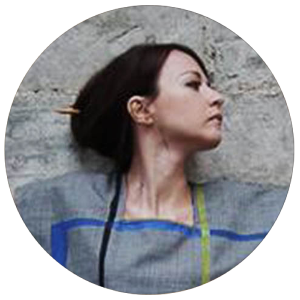
FEATURED WORKS
